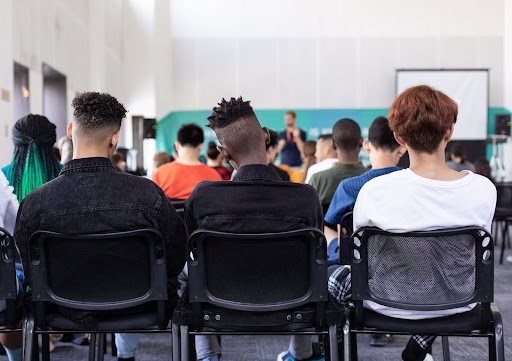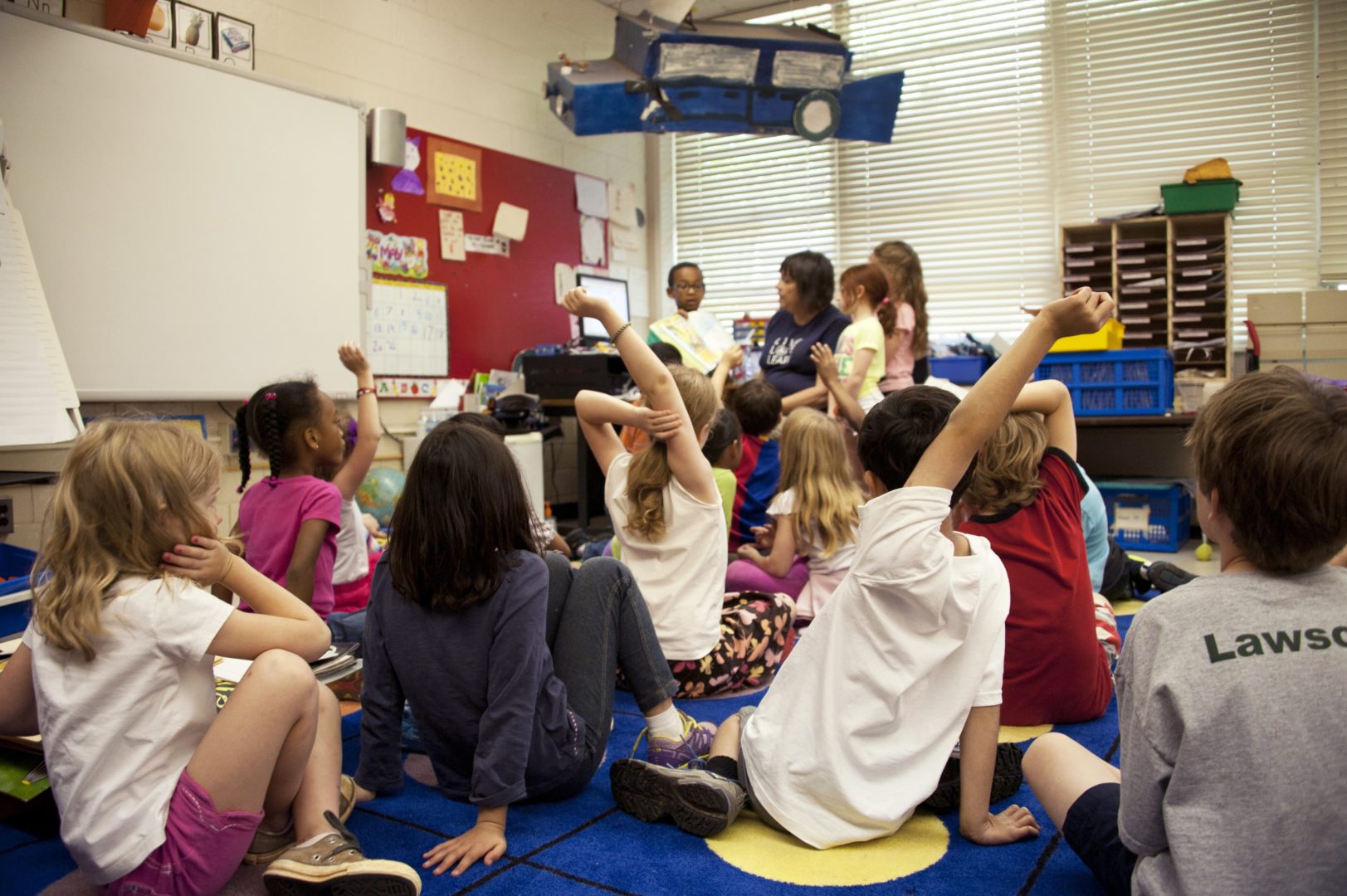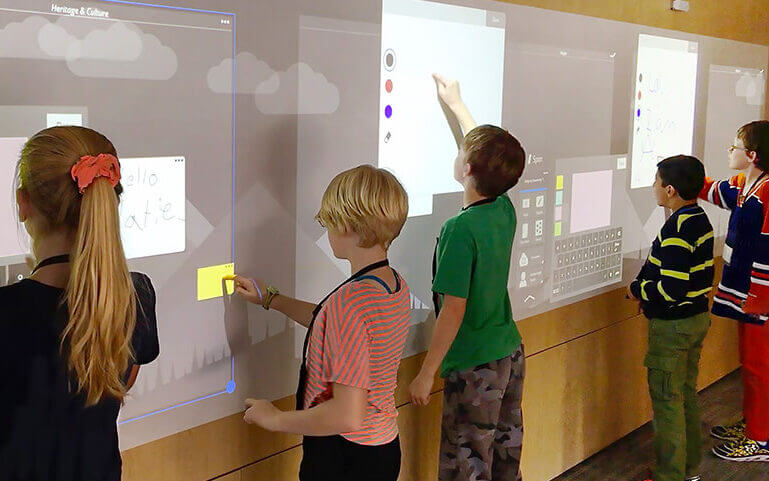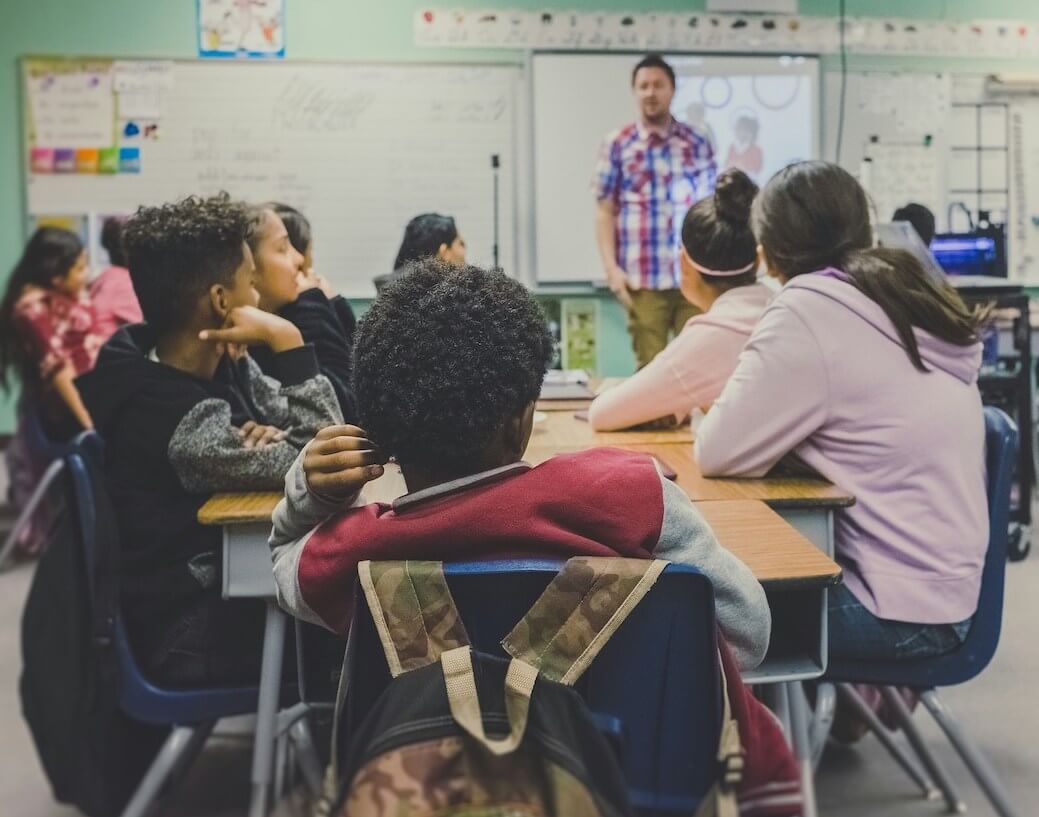
If you’re a teacher, you’ll know that there’s a lot to think about when you’re in class. It’s important to ensure that what you’re teaching the children is as educational and as interesting as possible - with the aim of engaging the students in the subject and hopefully even enabling them to enjoy learning!
This can be a very difficult balance to strike. However, it’s made easier by these interactive presentation ideas listed in this article, which can engage even the most distracted of students!
The best classroom gadget to show these presentations on is an interactive display. These are large devices that are mounted to the wall and can connect seamlessly with any video collaboration applications. You can connect interactive displays to the internet and further use them as a powerful classroom teaching tool, to help students learn in a fully interactive and efficient way. We sell interactive displays for classrooms here at Avocor.
Many work-related presentations start with an icebreaker, and there’s no reason why a presentation to a class of students should be any different.
The icebreaker question will depend on the class and age of students, but could be something like the following:
Incorporating video is one of the best interactive presentation ideas for students. Even if the video is about the same topic as the presentation, the fact that it’s a different type of media will interest the class.
You can either find a suitable video on YouTube or another video software or, if you have a file saved, paste it directly into the presentation.

Questions and answers are a great way to get the whole class involved. You could invite one student to ask a hypothetical question about the topic, and another could answer.
For example, if you’re learning about Henry VIII and his six wives, you could ask a student to ask a question about them. Their question could be “what was Henry VIII’s favourite food?” or something similar.
When another student answers, you could ask them to explain their answer - for example, if they say “meat and bread”, they might carry on to explain that that was the main diet for royalty at the time.
Songs are a good way to interest younger kids in a topic. You can find songs about all sorts of subjects on YouTube. For example, this seven continents song could be suitable for a Geography song.
Many songs on YouTube have lyrics, so you could encourage your class to practice their reading as they sing along.
Some presentations are made more interactive by external objects - and if you want to engage younger kids, bringing some props can really help the lesson to come alive.
For example, if you’re doing a history lesson about the Ancient Egyptians, you could bring some figures of Tutankhamun, the Sphinx and the ancient pyramids for everybody to see.
Asking for direct class involvement throughout the presentation is a good way to ensure that students stay engaged. For instance, if you’re doing a presentation about animals, you could ask students to make a noise every time you mention a certain animal.

You could ask them to roar each time you mention lions, or make a monkey noise each time you talk about monkeys. This is a great way to ensure that the students are paying attention!
A simple way to ensure that your students are paying attention is to use different transitions and animations throughout your presentation.
If you’re teaching older kids or teenagers, you might not want to have too many of these, but younger kids will love seeing every item bounce onto the screen. It’s a wonderful way to get them interested in technology in the classroom!
Quizzes are an effective way to engage students of any age. You can include these at the end of the presentation and they can include questions that you’ve covered in the session.
If your students know that there will be a quiz at the end of the class, they may be more likely to pay attention throughout it! You could also ensure maximum engagement by telling students that there will be prizes for the winner of the quiz - such as stickers or sweets.
Interactive games for class presentations are always a popular way to ensure that students stay engaged! Some examples include:
It’s best to make these games related to the subject. For example, the game “21 questions” involves you thinking of a character and students asking questions with a yes or no answer about what character you are.
If you’re teaching a history class, the character could be somebody from history (such as Florence Nightingale or Queen Victoria), or if you’re instructing a science lesson, the character could be a famous scientist (like Einstein or Steven Hawking).
Brainstorming is another great way to get the class involved. You can use an interactive display to create the brainstorm diagram on. Students can take turns writing on the board, and it can securely connect to any external devices, so any remote class members can join in.
With an interactive display, you can also immediately share the diagram to the rest of the class once it’s finished, so they can keep it to refresh their knowledge of a topic.

For example, if you’re teaching your class about Australia in geography, you could ask their students what they may already know about Australia. They could come up with some items like the following:
You could then create a spider diagram with different legs depending on the topic. For this list, there could be an “animals” leg for kangaroos and koalas, an “architecture” leg for the Sydney Opera House, a “landscapes” leg for the rainforest and outback, a “culture” leg for Aboriginal art and a “food” leg for BBQ.
Making a story about the topics covered can encourage creativity around the topic. To do this, write down a couple of opening lines to a story related to the topic that you’re teaching.
For example, if you’re teaching students about the Ancient Roman Empire, you could start by saying “Ronald the Roman lived in the British City of Bath, where the Romans had arrived 20 years before. He spent most of his time at work, where he built houses for the rest of the Romans”.
Then, you could invite a student to continue the story, encouraging them to stay as on-topic as possible. You could even give out a prize to the student with the best part of the story. Depending on the size of the class, you could ask every student to contribute.
Stories also work well for English lessons. In these classes, the topic of the story doesn’t matter as much, but you could encourage students to use whatever language they’ve been learning.
For example, if your class has been focused on adjectives, you could ask students to put as many adjectives as possible in each part of their story.
You could take your stories to the next level by creating a short play on one of your slides. This could be based on whatever topic you’re learning about, and you could select a few students to come to the front of the class and read out the lines.
You may wish to create this personally, find a relevant play online or you could even turn a well-known story into a play!

One of the most creative interactive school presentation ideas is to take the class on a virtual field trip. This is particularly valuable for geography lessons, where you may learn about places that students might not be able to visit in person, like the Amazon rainforest or even under the sea!
You could link to Google maps, where you could use Google Earth to explore a particular area. Alternatively, there are some YouTube channels that specialise in virtual tours and field trips, such as this one which details all you need to know about rainforests.
If you have a classroom full of students and want to keep them as engaged as possible while teaching them new material, try some of these interactive games for classroom presentations and other ideas!
By incorporating some of these interactive ideas into your presentation, you’ll have the students’ full undivided attention and ensure that they not only enjoy the class but retain the information.
Keep up to date with all the latest from Avocor and partners and get information on upcoming events and exciting product news.
Speak to one of our product specialists and find the perfect solution for you.